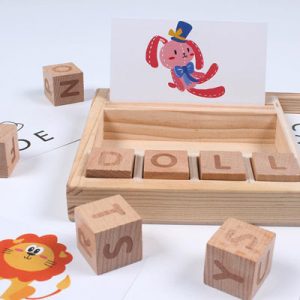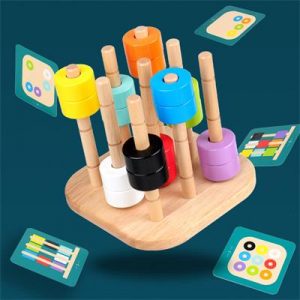The role of toys
1. Children’s toys can mobilize the enthusiasm of children’s activities: children’s physical and mental development is realized in activities. Toys can be freely manipulated, manipulated and used for children, which conform to the children’s psychological hobby and ability level. It can meet their needs for activities and increase their enthusiasm for activities. For example, “rocking horse” toys, children will naturally ride on and swing back and forth, which not only meets their activity requirements, but also makes them have positive and happy emotions, so they will not get tired of playing for a long time. Another example is “doll” toys, which can cause children to do a variety of activities. Children of all ages can play games with dolls according to their own life experiences, which can vary from simple to complex.
2. Children’s toys can enhance perceptual understanding: toys have the characteristics of intuitive images, and children can touch, hold, listen, blow, watch, etc., which is conducive to the training of various sense organs. Such as colored towers, blow molding toys, various dolls and toy animals are conducive to visual training; eight-tone bears, small pianos, tambourines, small horns, etc. can train hearing; building blocks, plastic pieces, and structural models can be developed Spatial perception; various puzzles, inlaid toys, soft plastic toys, etc. can exercise the sense of touch; pulling duck carts, trolleys, tricycles, two-wheelers, etc. contribute to the development of athletic ability. Toys not only enrich children’s perceptual knowledge while developing sensory and motor abilities, but also help to consolidate the impression that children obtain in life. When children do not have extensive exposure to real life, they learn about the world through toys.
3. Children’s toys can cause children’s association activities: such as hospital toys, doll house toys can cause children to associate hospitals and families, and can encourage children to develop creative role games; some labor tool toys can cause children to plant trees , River digging, construction and other simulated labor. Some toys are specially used for thinking training, such as various chess, various intellectual toys, etc., which can improve children’s ability of analysis, synthesis, comparison, judgment, and reasoning, and cultivate the depth, flexibility and agility of thinking.
4. Encourage children to actively engage in activities such as thinking and imagination, and express them through other activities of hands or body: such as playing with “sculpture” toys, children must conceive, imagine, and choose materials to achieve the established purpose; hands-on assembly At this time, it is necessary to use both hands and brains. Young children will also encounter some difficulties when using toys. These difficulties require them to rely on their own strength to overcome and persist in completing tasks, thus cultivating the excellent quality of overcoming difficulties and working hard.
5. It is helpful to cultivate the collective concept and spirit of cooperation: some toys are required for children to use together. Such as “phone” toys, there must be two parties on the phone, and even a pager, which can help children understand the learning and life experience, practice and cooperate with peers. Another example is the “long rope” toy, which itself requires many children to use collectively. In the long rope skipping game, the children coordinate each other’s movements and strengthen the collective concept.









